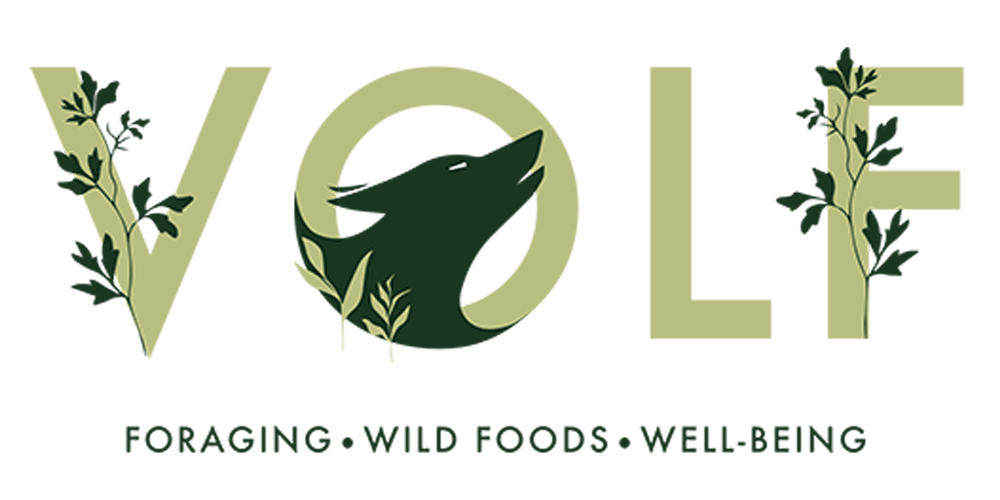Golden Chanterelle
How To ID Me And What I’m Good For?
My ID Features:
Veins / Folds
Cross section
In situ
Yummy!
Golden Chanterelle
Latin Name - Cantharellus cibarius.
Common Names - Golden Chanterelle, Girolle, Summer Chanterelle.
Family - Cantharellaceae.
Season - Summer, Autumn.
Habitat - Growing amongst different host trees. We usually find it in small clearings or alongside footpaths in forests. Said to have an abundance amongst birch trees, but that hasn't been the case for us locally.
Spore Print - Pale yellow or white.
Key Identifiers - The inner white flesh if cut in half, the faint apricot aroma & 'false gills'.
Possible Confusion - Sometimes confused with Jack-o'-lanterns [Omphalotus olearius, Omphalotus illudens, Omphalotus olivascens] these guys are far more orange. They also have true gills, none-forked and are far more orange in colour.
False chanterelle [Hygrophoropsis aurantiaca] which doesn't have the inner white flesh of the beautiful Golden Chanterelle.
Description - A relatively easy mushroom to identify and an absolute choice mushroom amongst chefs and foragers alike. In our experience they release more of that 'apricot' aroma when they are cooked. When we have found them they are growing in large numbers and they're a relatively easy forage. If you plan to use them at a later date, we'd definitely recommend covering them with a damp cloth in the fridge. They tend to dry out very quickly otherwise.
Physical Characteristics - The usually funnel shaped cap varies in colour, from bright yellow to egg yolk orange. This mushroom does not have true gills but something much more resembling wrinkles (or veins). The veins are very thick and decurrent, extending well down the stem. The veins are straight at the bottom but towards the cap margin they become more forked, almost resembling human veins. The colour of the stem is somewhat like that of the cap, but sometimes much paler. Cutting through the mushroom the inside should be completely white. This is key to differentiating it from other lookalikes.
Medicinal Qualities - Said to aid in immunity & heart health. They contain both key vitamins & minerals.
Harvesting Sustainability - Cut with a knife at the base of the stem as this will ensure further fruiting in future seasons. Leave some for the bugs as these in turn feed the birds, etc etc.
Important note - It is worth noting that chanterelle grow close to the ground. So make sure you pick away from dog walkers or pollutants.
Never munch on a hunch! Volf takes no responsibility for anything consumed.














